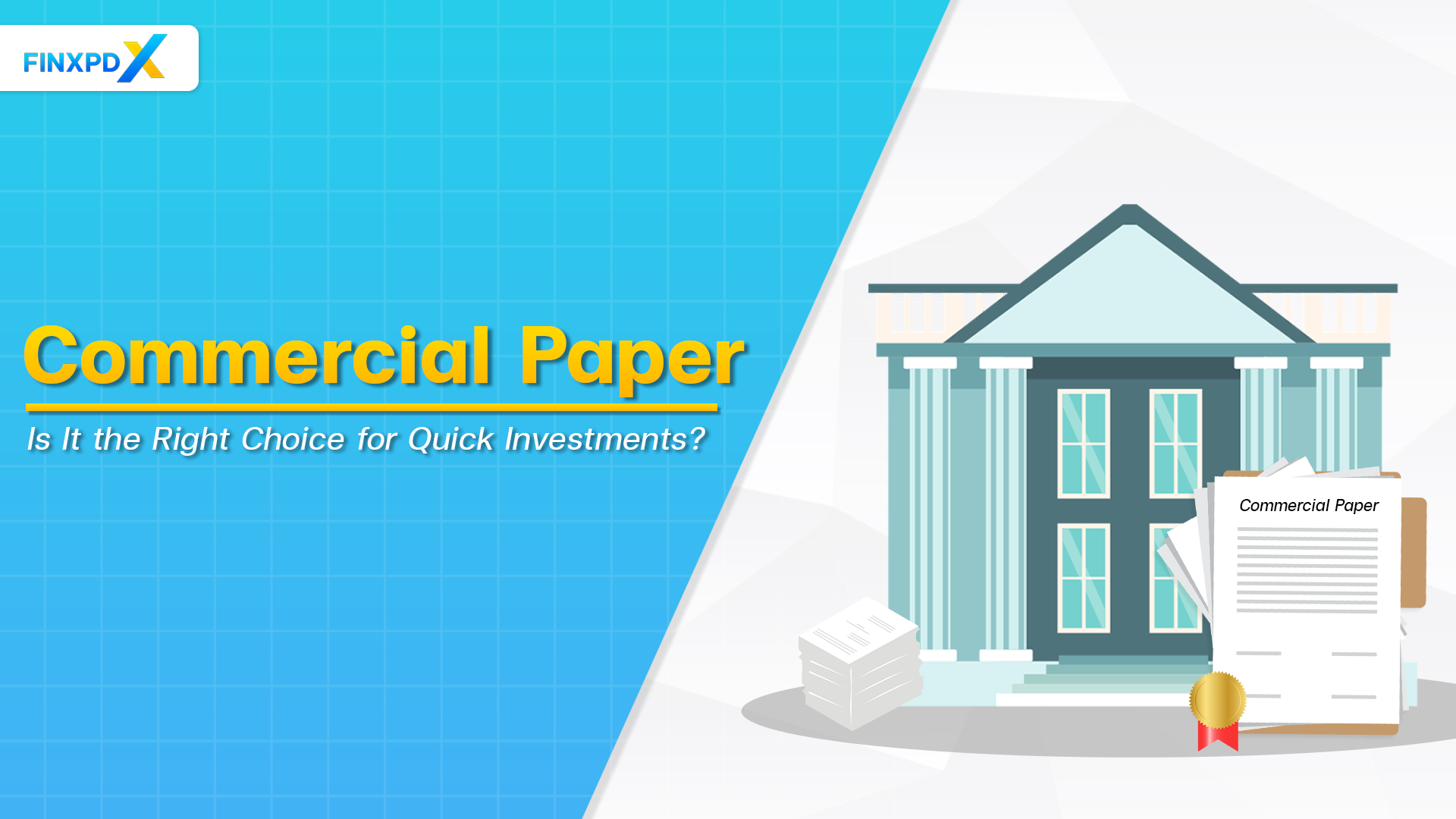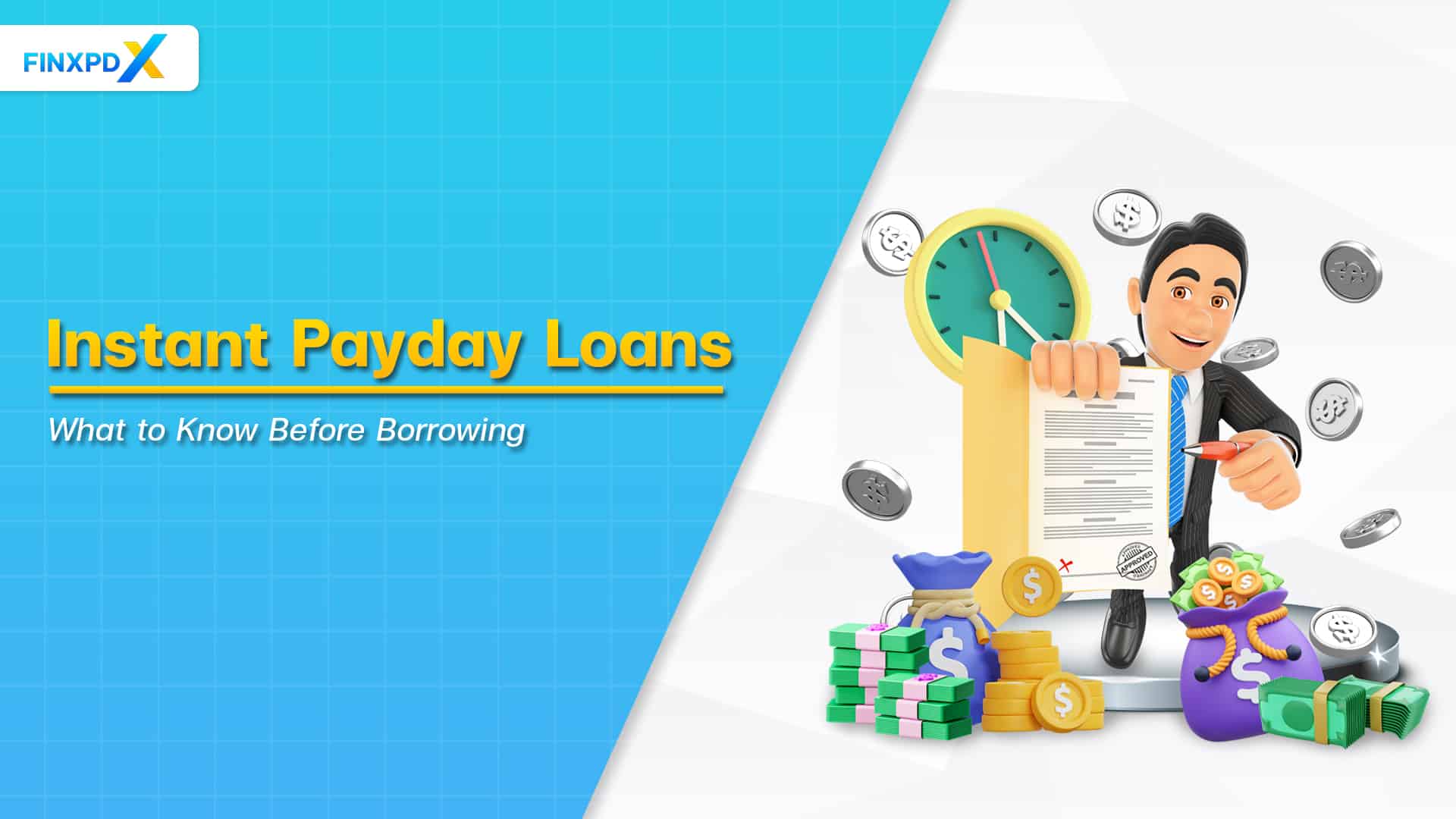When it comes to managing money and business, there are special tools that help things run smoothly. One of these tools is commercial paper. If you own a business and need quick cash, or if you want to invest your money without too much risk, commercial paper might be a good fit for you.
This article will explore what is commercial paper, commercial paper meaning, how it works, and the pros and cons. By the end, you’ll gain a robust understanding of this financial instrument and why it’s essential in the business landscape.
What Is Commercial Paper?
Commercial paper (CP) is a short-term debt instrument. They are issued by corporations, financial institutions, and other large entities. The purpose of issuing CP is generally to meet immediate financial needs, like funding day-to-day operations or managing cash flow.
Commercial paper is a type of short-term debt instrument. Unlike long-term debt that may last for several years, the maturity of CP is typically less than nine months, making it a quick and efficient way for organizations to raise capital.
Key Takeaways
- Commercial paper is a type of short-term debt instrument, an unsecured loan that companies use to meet immediate financial needs.
- Companies issue commercial paper to raise quick capital, and investors buy them expecting to earn interest at maturity.
- Commercial paper serves as an essential tool for businesses to secure quick and often cheaper capital for short-term needs.
- The two major kinds are promissory notes and asset-backed commercial paper, differing mainly in the matter of security or collateral.
Characteristics of Commercial Paper
In the complex landscape of financial tools available, commercial paper stands out for a variety of reasons that make CP special. Here are some key features to know:
1. Short Lifespan
CP is typically designed to be a short-term obligation that must be paid back in less than nine months. This short repayment period makes it a go-to option for companies in need of quick capital for things like inventory purchases or immediate operational costs.
2. No Collateral
CP doesn’t require any assets, such as buildings or equipment, to be put up as collateral. This makes it more accessible for companies but also implies a level of risk for the investor, as there’s no physical asset to seize if the issuing company can’t pay it back.
3. Issuance Company
CP, which stands for commercial paper, is typically issued by large, well-established companies with a history of reliable financial performance. Consequently, these companies often have higher credit ratings, making them more trustworthy in the eyes of potential investors.
4. Investors
CP isn’t just a retail investment product. It’s frequently bought by various types of institutional investors. These can include other corporations, mutual funds, insurance companies, and even pension funds looking for short-term investment options with a reasonable return.
How Does Commercial Paper Work?
Understanding how commercial paper operates is crucial for both issuers and investors. This section will break down the mechanics of CP, offering a clear, step-by-step guide to how it works in the financial marketplace.
1. Issuance
CP is first issued by a corporation seeking quick, short-term funding. The company will decide the amount it needs and the terms, which are usually under nine months. It will then offer the paper at a discounted rate, meaning the face value is higher than what you pay initially.
2. Investment
Investors, often institutional ones like mutual funds or pension funds, purchase CP. The appeal for them is a slightly higher yield compared to other low-risk types of short-term investments like Treasury Bills.
3. Maturity
When a CP matures, the issuing company must repay the investors the paper’s face value. Typically, the company does this by issuing new commercial paper, effectively “rolling over” the obligation.
4. Risk and Return
While CP is generally considered a low-risk investment, there’s always the possibility that the issuing company may default. Investors should weigh this risk against the higher yield offered by CP compared to other low-risk short-term investments.
5. Market Mechanics
Dealers or investors typically buy CP directly, and it lacks a secondary market as robust as stocks or bonds, so it’s usually held until maturity.
Types of Commercial Paper
Each type of commercial paper offers its own set of features, benefits, and risks. Here, we’re going to break down these types so you can decide which one best suits your financial goal.
1. Promissory Notes
Promissory notes are basic forms of CP where the issuer simply promises to pay back the borrowed amount by a specific date. They are often unsecured, meaning there’s no collateral backing them up.
2. Asset-Backed Commercial Paper
Asset-backed CP comes with a bit of extra security. It is backed by physical assets like real estate or machinery. If the issuer defaults, investors have some form of security to fall back on.
3. Trade Credit
Businesses always use trade credit to buy now and pay later. This form of commercial paper is primarily used between businesses in a B2B setting, typically as short-term financing for inventory or operational costs.
4. Bankers Acceptances
Bankers acceptances, a bank vouches for an issuer, saying it will step in and make the payment if the issuer can’t. Because of this assurance, bankers’ acceptances often come with lower interest rates.
5. Syndicated Paper
Syndicated paper allows companies to access large amounts of short-term funding without relying on a single investor. When the amount to be raised is quite large, a syndicate of investors may come together to buy the paper.
Pros and Cons of Commercial Paper
When assessing the viability of CP, knowing both its strengths and weaknesses is crucial. A comparative table offers an efficient way to grasp these factors. Here’s our updated look:
Pros
- Easily converts to cash for short-term needs.
- Features lower fees than alternative financing options.
- Allows choice in maturity dates for diverse needs.
- Access to quick funds without asset backing.
- Yields better interest rates than most bank loans.
Cons
- Lacks collateral, increasing non-payment risk.
- Suitable only for under 270-day financing.
- Sensitive to market demand, affecting pricing.
- Only issued by well-established firms.
- Requires compliance with securities laws.
⚠️Tip: If you’re a large investor or issuer, you may be able to negotiate terms.
Conclusion
Commercial paper offers a versatile and efficient way for companies to meet their short-term financial needs while providing investors with a quick and often lucrative investment option. While it has distinct advantages like liquidity, low costs, and flexibility, it also comes with its set of challenges, such as default risks and market sensitivity.
Like any financial instrument, the key to making the most out of commercial paper is to understand its pros and cons deeply. Armed with this knowledge, you can make informed decisions that align well with your financial goals, whether you’re an investor or a business leader.
FAQs
Commercial paper meaning is a short-term debt instrument that companies use to finance their immediate needs. Since it’s unsecured, there’s no collateral, and it generally matures in 270 days or less.
Companies issue commercial paper to secure quick funds, usually to cover short-term expenses. Investors purchase these papers expecting to earn interest at maturity. The process might involve different participants, including the issuing companies, investors, and banks.
Commercial paper acts as a financial lifesaver for businesses needing fast capital. It offers a more affordable avenue for short-term loans and serves as a profitable investment opportunity for those seeking quick returns.
The major types include promissory notes, simple forms that carry a promise to pay back by a designated date, and asset-backed commercial paper, which comes with collateral like real estate or machinery.
Commercial paper typically costs less than bank loans due to fewer transaction fees and shorter periods of maturity. Additionally, the absence of collateral requirements speeds up the process and cuts costs.
Related Article:
- Cost of Capital: What Is It & How to Calculate?
- Fund Flow Statement: The Ultimate Guide for Beginners
- Principal Amount Strategies: Grow Your Wealth Wisely
Read more: Funds & Loans








